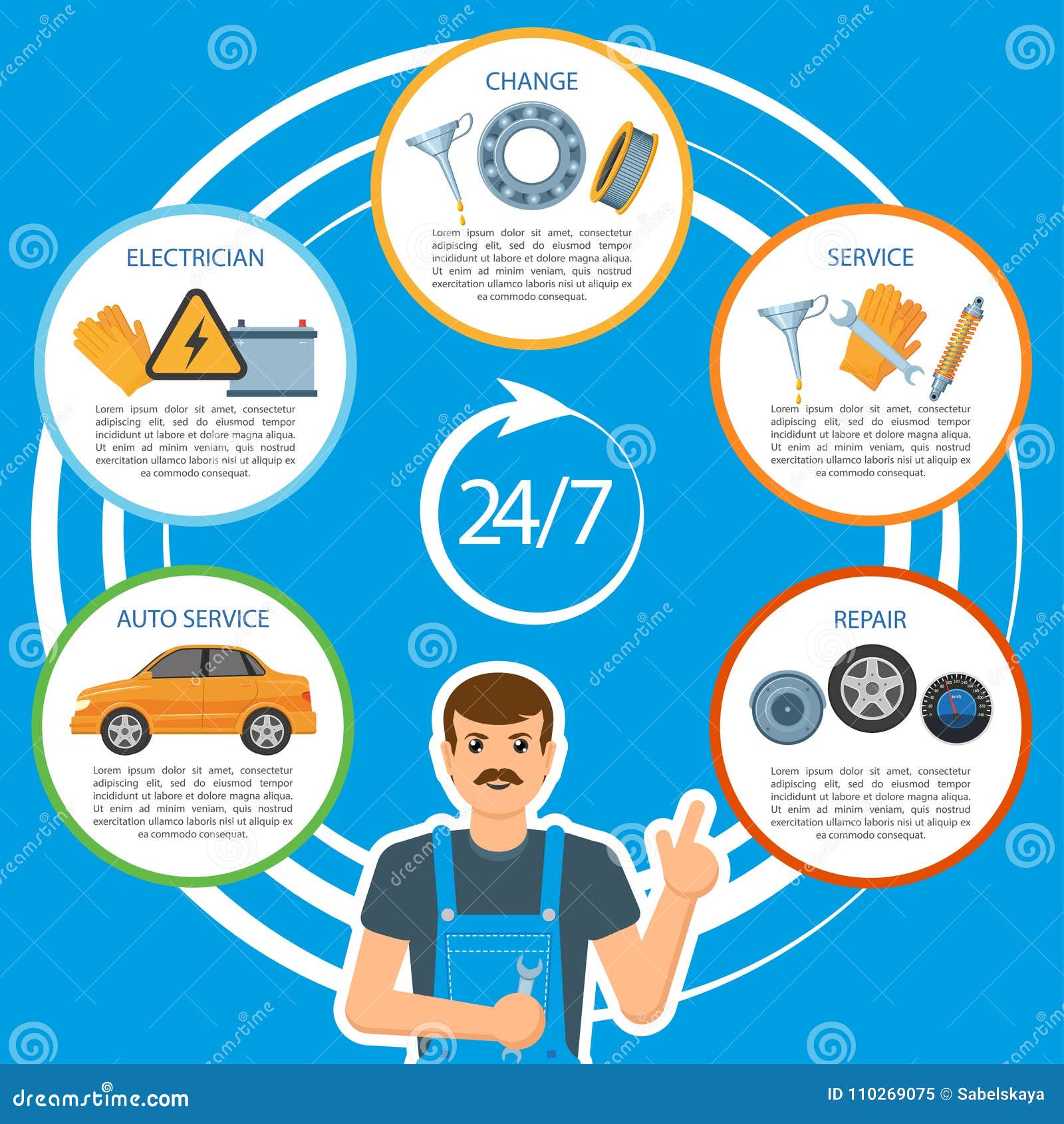Seeking Clearness On The Caution Lights Displayed On Your Car'S Control Panel? Learn Just How They Connect To Your Car'S Health And Wellness
Seeking Clearness On The Caution Lights Displayed On Your Car'S Control Panel? Learn Just How They Connect To Your Car'S Health And Wellness
Blog Article
Authored By-Vinson Stark
When you lag the wheel, those radiant warning lights on your dashboard can be a bit bewildering. Do you know what they're trying to tell you regarding your cars and truck's wellness? Recognizing the importance of these lights is vital for your safety and the durability of your automobile. So, the next time among those lights turns up, wouldn't you intend to analyze its message accurately and take the required actions to address it?
Common Warning Lights and Interpretations
Identify typical caution lights in your automobile and understand their meanings to make certain secure driving.
The most common warning lights consist of the check engine light, which signifies problems with the engine or discharges system. If this light begins, it's critical to have your automobile inspected without delay.
The oil pressure warning light suggests reduced oil stress, requiring immediate interest to avoid engine damages.
A flashing battery light might suggest a faulty charging system, potentially leaving you stranded if not addressed.
The tire stress tracking system (TPMS) light informs you to reduced tire stress, impacting lorry stability and gas performance. Disregarding this might bring about unsafe driving conditions.
The abdominal light suggests an issue with the anti-lock braking system, endangering your capability to stop rapidly in emergency situations.
Finally, the coolant temperature advising light warns of engine overheating, which can lead to extreme damage if not solved promptly.
Understanding these common caution lights will certainly aid you resolve concerns without delay and maintain secure driving conditions.
Significance of Prompt Focus
Recognizing the usual caution lights in your automobile is just the first step; the value of promptly attending to these warnings can't be stressed sufficient to guarantee your security when driving.
When a warning light illuminates on your control panel, it's your vehicle's way of connecting a possible problem that requires focus. Overlooking these warnings can bring about extra serious troubles down the road, compromising your safety and possibly costing you more in repairs.
Motivate focus to cautioning lights can protect against failures and crashes. As https://arthuricxsm.blog2news.com/31859193/fascinated-concerning-discovering-the-best-auto-service-center-near-you-discover-the-leading-10-suggestions-that-will-aid-you-make-an-informed-decision , a flashing check engine light can indicate a misfire that, if left neglected, could cause damages to the catalytic converter. Resolving this without delay can conserve you from a costly repair work.
In a similar way, a brake system warning light might signify reduced brake fluid or used brake pads, crucial components for your safety when driving.
Do It Yourself Troubleshooting Tips
If you notice a warning light on your control panel, there are a few DIY troubleshooting ideas you can try before seeking specialist aid.
The first step is to consult your vehicle's manual to recognize what the certain caution light suggests. Sometimes the concern can be as simple as a loosened gas cap triggering the check engine light. Tightening the gas cap may deal with the problem.
Another typical issue is a reduced battery, which can activate numerous warning lights. Checking the battery connections for corrosion and guaranteeing they're safe and secure may take care of the problem.
If a caution light lingers, you can try resetting it by disconnecting the car's battery for a few mins and after that reconnecting it. In addition, examining your car's liquid levels, such as oil, coolant, and brake fluid, can help repair warning lights associated with these systems.
Conclusion
In conclusion, recognizing your car's warning lights is crucial for keeping your vehicle running efficiently and securely. By quickly resolving these signals and understanding what they mean, you can prevent costly repairs and potential break downs.
Remember to consult your vehicle's handbook for specific information on each advising light and act appropriately to make sure a trouble-free driving experience.
visit web site notified, remain secure when traveling!
